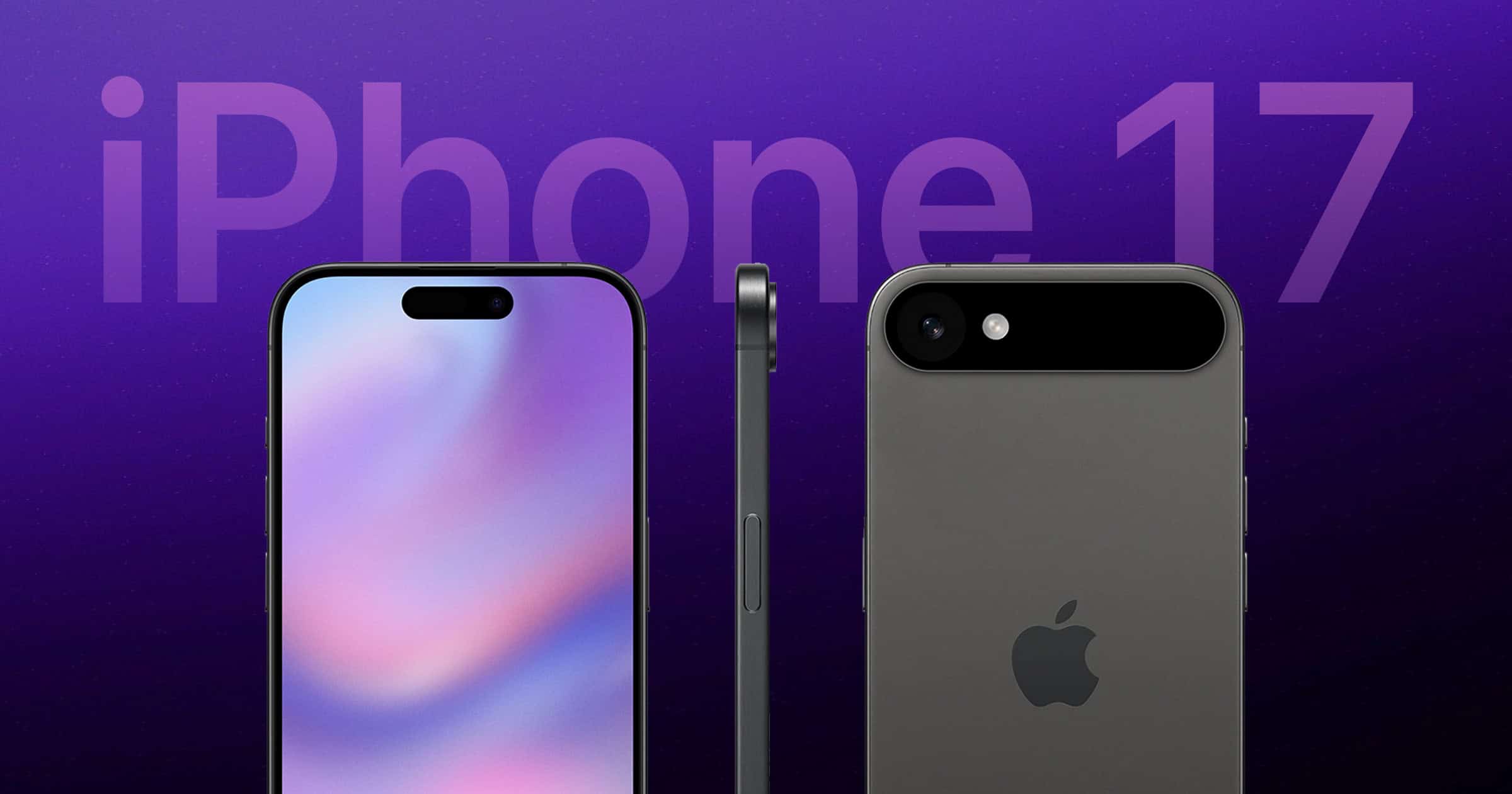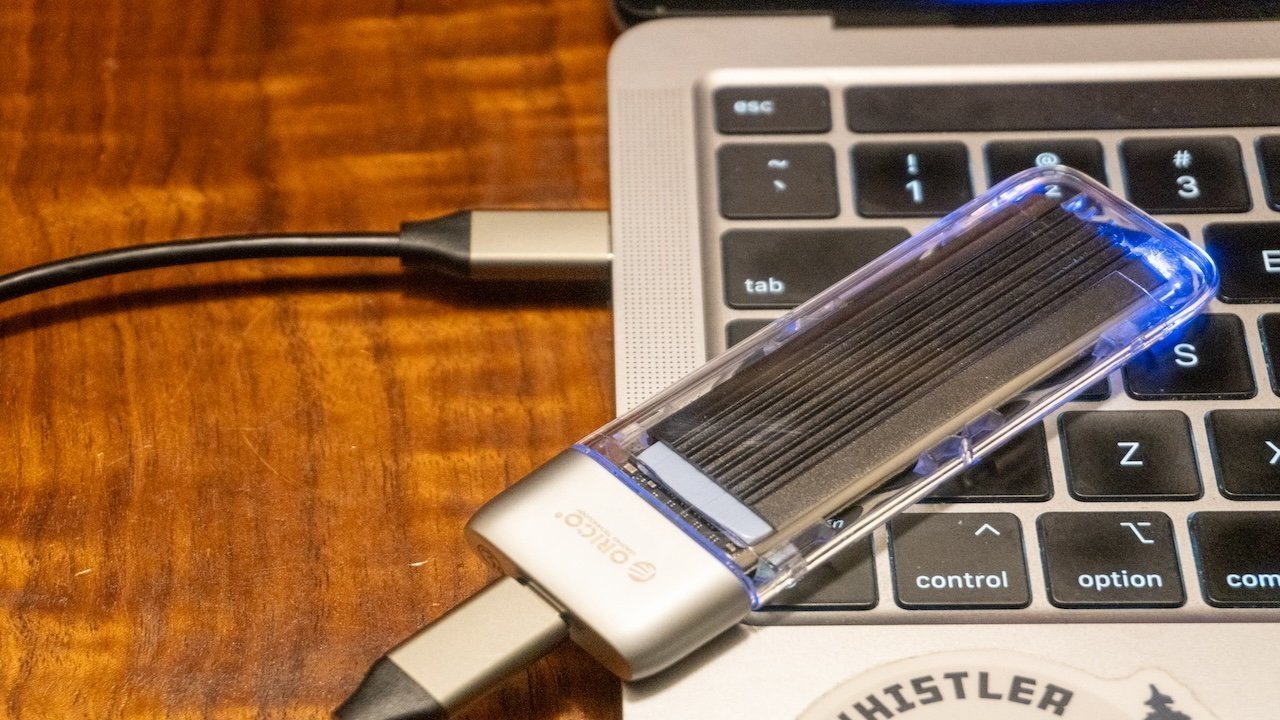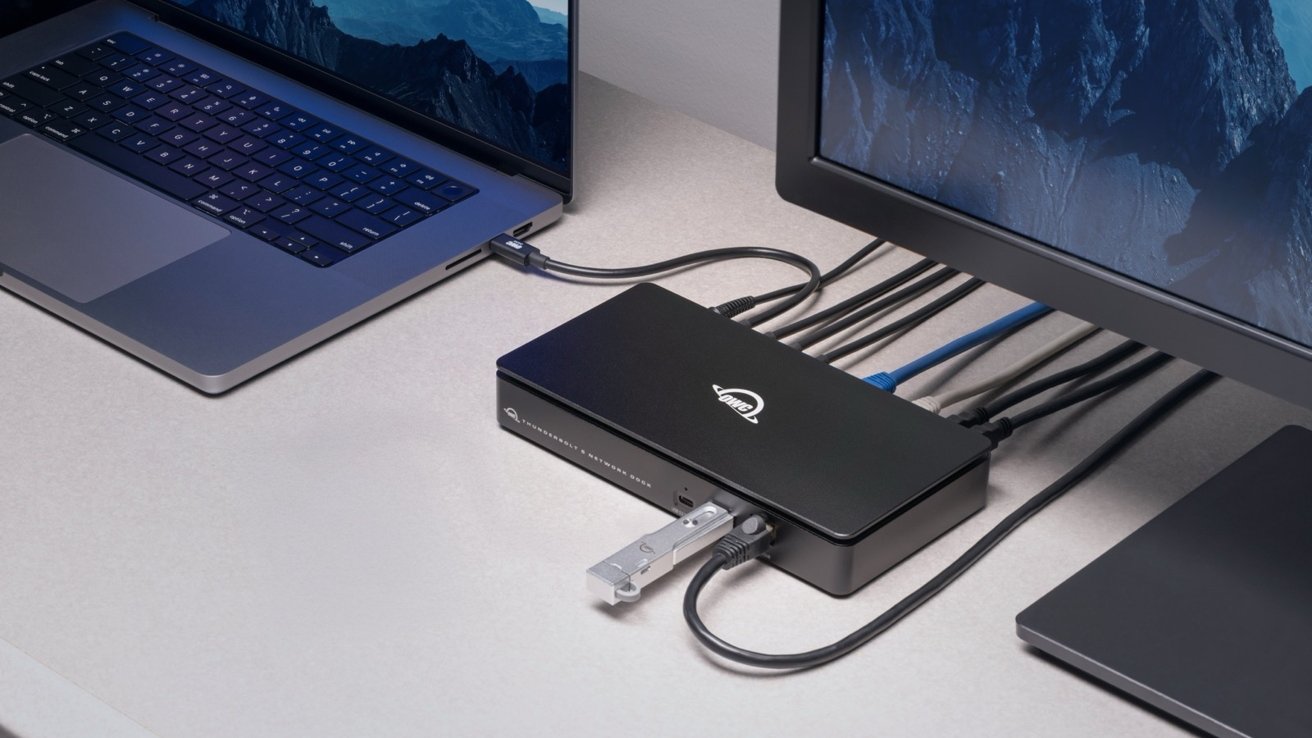The impending release of Apple’s iPhone 17 series has sparked widespread speculation, particularly concerning potential price increases due to recent U.S. tariffs on imports from key manufacturing countries. Analysts suggest that these tariffs could significantly elevate the cost of Apple’s flagship devices, with projections indicating that the iPhone 17 Pro Max might reach a price point of $2,300.
Understanding the Tariff Impact
On April 2, 2025, President Donald Trump announced a series of reciprocal tariffs targeting imports from nations such as China and India. Chinese imports now face a 54% tariff, while Indian imports are subject to a 26% rate. These measures have profoundly affected Apple’s supply chain, given the company’s reliance on manufacturing facilities in these regions. Consequently, Apple’s stock experienced a significant decline, dropping by 19% and erasing approximately $638 billion in market value.
Prospects for Tariff Exemptions
Historically, Apple has navigated tariff challenges by securing exemptions for certain products. In 2019, CEO Tim Cook successfully obtained exemptions for items like the Apple Watch. However, the current tariffs, implemented under the International Emergency Economic Powers Act (IEEPA), do not provide a clear pathway for exemptions. Without a formal application process or a product list eligible for exemption, Apple’s chances of obtaining relief appear slim. Despite Cook’s previous engagements with President Trump, including a $1 million donation to Trump’s inaugural committee, efforts to secure exemptions have thus far been unsuccessful.
Potential Price Adjustments Across Apple’s Product Line
Analysts from Rosenblatt Securities predict that Apple may respond to the increased costs by raising prices across its product range. The anticipated price hikes are as follows:
– iPhones: 43% increase
– Apple Watch: 43% increase
– iPad: 42% increase
– Mac: 39% increase
– AirPods: 39% increase
These adjustments aim to offset the financial impact of the tariffs and maintain profit margins.
Projected Pricing for the iPhone 17 Series
If Apple implements the projected price increases, the iPhone 17 series could see substantial cost escalations:
– Base Model iPhone 17: Currently priced at $799, the base model could rise to approximately $1,140, reflecting a $340 increase.
– iPhone 17 Pro Max (1TB Storage): The top-tier model, presently at $1,599, might escalate to $2,300, marking a $700 increase.
These potential price points have raised concerns about consumer affordability and market competitiveness.
Diverse Analyst Perspectives
While some analysts predict significant price hikes, others offer more conservative estimates. Neil Shah, co-founder of Counterpoint Research, suggests that a 30% increase would suffice to offset tariff costs. Similarly, Anglio Zino of CFRA Research anticipates a 20-25% price rise, indicating that Apple might absorb a portion of the tariff expenses to maintain customer loyalty and market share.
Apple’s Strategic Considerations
Apple faces a critical decision: pass the full tariff costs onto consumers or absorb some expenses to keep prices competitive. Historically, Apple has balanced cost absorption with strategic pricing to sustain its premium brand image. The company may also explore supply chain diversification, such as increasing production in countries not affected by the tariffs, to mitigate financial impacts.
Consumer Implications
Potential price increases could influence consumer purchasing decisions, especially in a competitive smartphone market. Higher prices may deter some customers, prompting them to consider alternative brands or delay upgrades. Apple’s challenge lies in justifying these price hikes through enhanced features, superior performance, and maintaining its reputation for quality and innovation.
Conclusion
The introduction of new tariffs presents a significant challenge for Apple, with potential repercussions for product pricing and consumer demand. While the possibility of a $2,000 iPhone 17 Pro Max is concerning, Apple’s response will likely involve a combination of strategic pricing, supply chain adjustments, and product innovation to navigate these economic pressures. As the situation evolves, consumers and industry observers will closely monitor how Apple addresses these challenges in the lead-up to the iPhone 17’s release.



